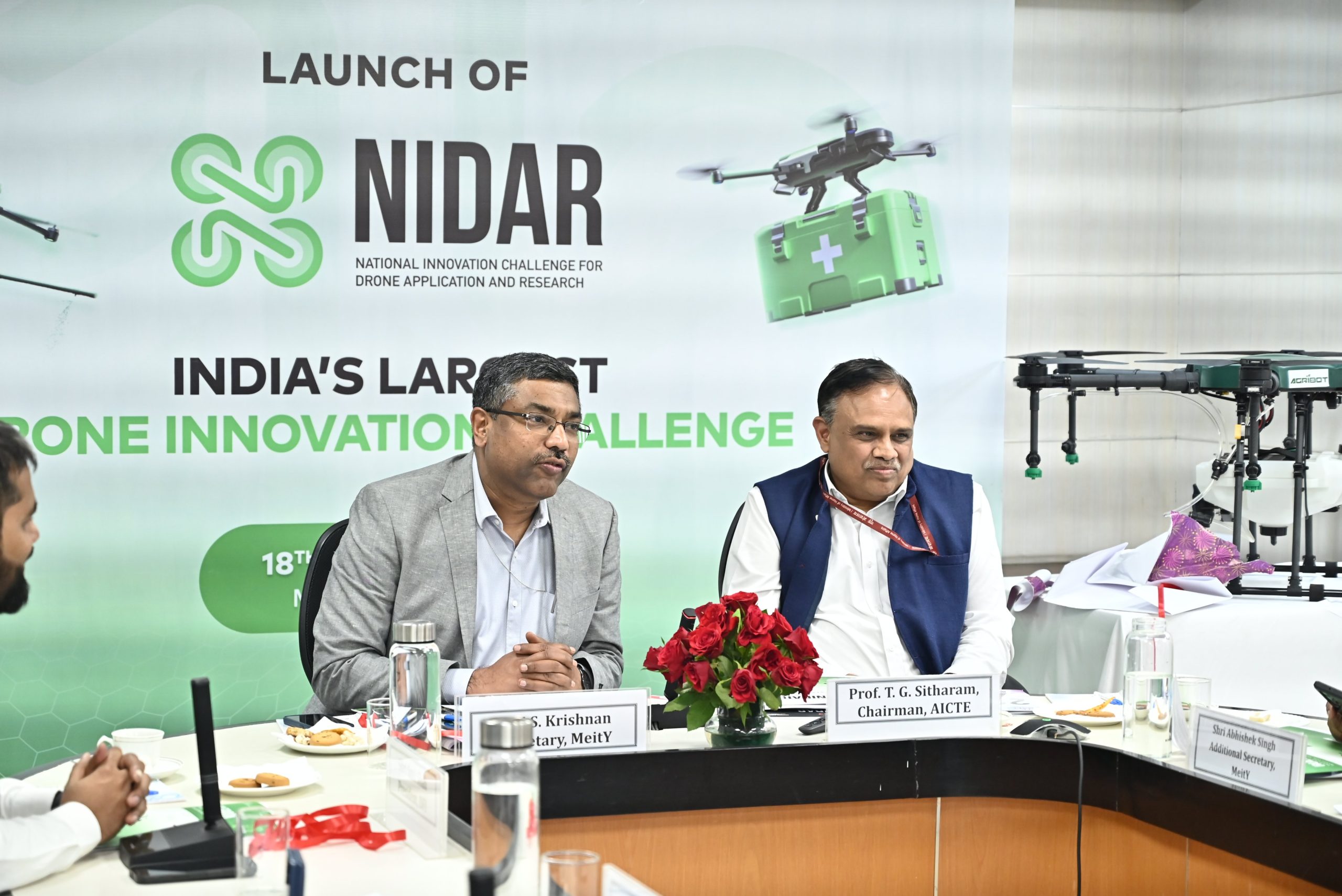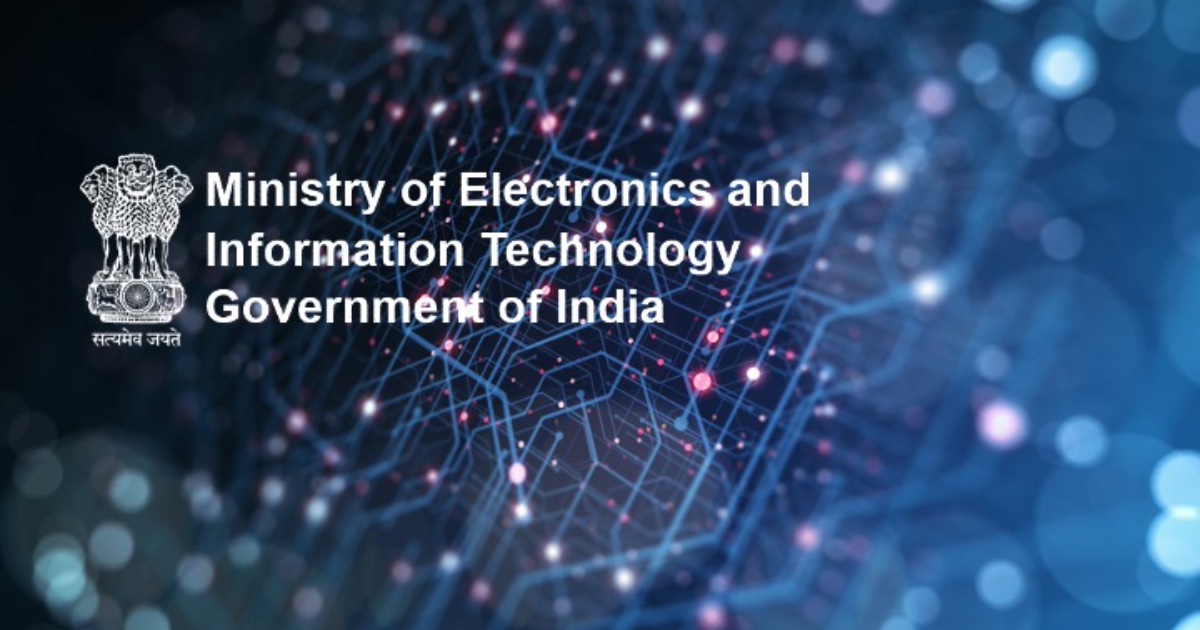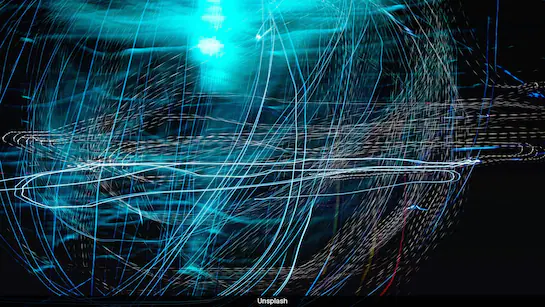- Courses
- GS Full Course 1 Year
- GS Full Course 2 Year
- GS Full Course 3 Year
- GS Full Course Till Selection
- CSAT
- 5 LAYERED ARJUNA Mentorship
- Public Administration Optional
- Online Program
- GS Recorded Course
- NCERT Batch
- Polity Module Course
- Geography Module Course
- Economy Module Course
- AMAC Module Course
- Modern India, Post Independence & World History Module Course
- Environment Module Course
- Governance Module Course
- Science & Tech. Module Course
- International Relations and Internal Security Module Course
- Disaster Management Module Course
- Ethics Module Course
- Essay Module Course
- Current Affairs Module Course
- ABOUT US
- OUR TOPPERS
- TEST SERIES
- FREE STUDY MATERIAL
- VIDEOS
- CONTACT US
SwaYaan Initiative & NIDAR
SwaYaan Initiative & NIDAR
21-04-2025

- In a bid to enhance India’s capabilities in Unmanned Aircraft Systems (UAS), the Ministry of Electronics and Information Technology (MeitY), in collaboration with the Drone Federation of India (DFI), has launched the National Innovation Challenge for Drone Applications and Research (NIDAR) under the SwaYaan initiative.
- This initiative aims to build human resource (HR) capacity in the field of unmanned aircraft systems, including drones, to address real-world challenges.
What is an Unmanned Aircraft System (UAS)?
|
About the SwaYaan Initiative
- Approved by MeitY: July 2022.
- Purpose: The initiative aims to develop human resources in the field of UAS, including drone technology and associated domains.
- Target: To train 42,560 participants through both formal and non-formal training programs.
- Implementation Model: A Hub-and-Spoke Model, involving 30 premium institutions like IISc, IITs, IIITs, NITs, CDAC, and NIELIT.
- Key Themes: Drone Electronics, GNC (Guidance, Navigation, and Control) Algorithms Simulation, Aeromechanics, Drone Applications and Allied UAS Technologies.
Achievements of SwaYaan
- Over 14,000 beneficiaries trained.
- Launch of an M.Tech in UAS Engineering at IIT Kanpur.
- Numerous minor degree programs, bootcamps, and workshops conducted.
- Industry engagement through innovation challenges and collaboration meets.
National Innovation Challenge for Drone Applications and Research (NIDAR)
- Launched by: MeitY in collaboration with DFI as part of the SwaYaan initiative.
- Aim: To encourage students and researchers to develop autonomous drones for real-world applications.
- Focus Domains:
- Disaster Management: Drones for survivor identification, communication, and parcel delivery in disaster zones (Scout & Deliver Drones).
- Precision Agriculture: Drones for monitoring crop health and delivering pesticides or nutrients with precision (Scan & Spray Drones).
Applications of Drones and Related Policies in India
- SVAMITVA Scheme: Utilizes drones for village mapping and land entitlement record creation.
- National Highway Authority of India (NHAI): Drones are used to monitor construction progress of new highways.
- Mining Sector: Drones are mandated for surveying mines over 50 hectares or with annual excavations of 1 million tonnes.
- Ministry of Agriculture & Farmers Welfare: Provides INR 10 lakhs subsidy for the purchase of agricultural drones and promotes Kisan drones through demonstrations by agricultural institutes.
- State Governments:
- Jharkhand: Drones are used for forest fire monitoring and tracking wild tuskers.
- Bihar: Drones assist in detecting illegal liquor manufacturing.
- Defense: The Indian Army uses drones for surveillance in high-altitude border areas.
Drone Regulations in India
- National Counter Rogue Drone Guidelines: Released by the Ministry of Civil Aviation in 2019, these guidelines focus on assessing and mitigating drone-related threats.
- Drone Rules 2021: These rules divide Indian airspace into three zones:
- Green Zone: Low-traffic areas where drones can fly with minimal restrictions.
- Yellow Zone: Areas requiring permission for drone operations.
- Red Zone: No-fly zones unless explicitly permitted by the central government.
Global Drone Applications
- Australia: Drones are used to collect whale mucus from water sprays for health analysis.
- Ghana: Drones delivered over 1 million COVID-19 vaccines.
- NASA: The Ingenuity drone successfully flew on Mars, marking a milestone in extraterrestrial drone technology.
- Volcano Studies: Drones are employed to study active volcano craters for recent activity analysis.
The SwaYaan initiative, with the launch of NIDAR, is poised to significantly advance India’s drone technology sector. By fostering innovation, training a skilled workforce, and collaborating with educational and industrial partners, the initiative aims to address pressing challenges across sectors such as disaster management and precision agriculture. As India continues to embrace drone technology, it is also taking significant steps to regulate and ensure safe, effective use of drones in various domains, strengthening its position as a leader in unmanned aircraft systems.



